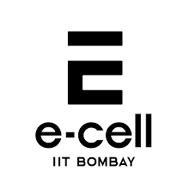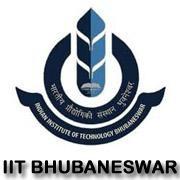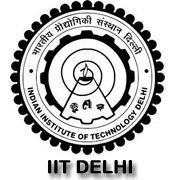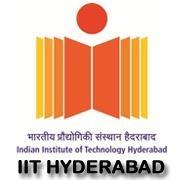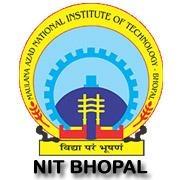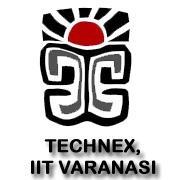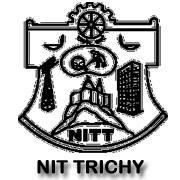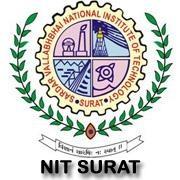Augmented Reality
Augmented Reality is a technology that superimposes a computer-generated image on a user's view of the real world, thus providing a composite view. With the help of advanced AR technology the information about the surrounding real world of the user becomes interactive and digitally manipulable. This information can be virtual or real, e.g. seeing other real sensed or measured information such as electromagnetic radio waves overlaid in exact alignment with where they actually are in space.
Augmented reality brings out the components of the digital world into a person's perceived real world
It is a live, direct or indirect, view of a physical, real-world environment whose elements are augmented by computer-generated sensory input such as sound, video, graphics or GPS data. It is related to a more general concept called mediated reality, in which a view of reality is modified (possibly even diminished rather than augmented) by a computer. As a result, the technology functions by enhancing one’s current perception of reality. By contrast, virtual reality replaces the real world with a simulated one. Augmentation is conventionally in real-time and in semantic context with environmental elements, such as sports scores on TV during a match. With the help of advanced AR technology (e.g. adding computer vision and object recognition) the information about the surrounding real world of the user becomes interactive and digitally manipulable. Artificial information about the environment and its objects can be overlaid on the real world.
So let the computing begin in a completely new way and step forward into the era Of “virtual Reality”
Topics to Be Covered
Day 1
Session 1
- What is Augmented Reality?
- Introduction to Unity Software
- Difference between 3D GameObect and 2D Sprite Concepts
- Working of Unity Game Engine
- A look at different Augmented Reality Tools
- Application of Augmented Platforms
- Requirements for working with AR platform
- Downloading and installing Unity software
Session 2
- Hands on Practice
- Introduction to 3D GameObjects in Unity
- Importing the 3D Gameobjects inside the Game
- Readjusting the position, shape and rotation of GameObjects
- Developing and writing scripts for different GameObjects
- Creating Parent and Child GameObjects
- Adding Color to Individual GameObjects
- Setting Background Image to GameObjects
- Creating Prefabs from Existing GameObjects
- Attaching Scripts to GameObjects and playing the Game.
- Installation & Setting up a Vuforia sdk
Day 2
Session 3
- Introduction to Vuforia AR Camera
- Taking a perfect image for Augmented Reality development
- Modifying the image for better purpose
- The 5 star image concept
- Tracking a 3D Cube on a Real World Image
- Writing C# scripts for rotating the cube
- Tracking a Spinning cube
Session 4
- Greeting card AR app using Multi Image Targets
- Detecting multiple image targets at the same time
- Adding audio sound to our Images
- Playing audio file on detection of Image Targets
- Adding & playing a Holographic video in Augmented World
Day 3
Session 5
- Introduction to Virtual Buttons in Vuforia
- Adding Virtual Button on top of Image Targets
- C# program for interaction with Virtual Buttons
- Adding multiple Virtual Buttons
Session 6
- Interacting with multiple Virtual Buttons
- Displaying different video file on press of Virtual Button
- Projecting multiple 3D Model on press of Virtual Button
Day 4
Session 7
- Superimposition based Augmented Reality
- Introduction to Object tracking in Augmented Reality
- Understanding the tracking process of different 3D Models
- Scanning a 3D Model with Mobile Scanning Application
Session 8
- Placing 3D Object on top of scanned 3D Model
- User Defined Image Targets in Vuforia
- Introduction to Ground plane
- Placing 3D Models directly on ground
- Placing 3D Models in Mid Air
Day 5
Session 9
- Introduction to Cylinder Targets in Augmented Reality
- Designing a Cylinder targets with Cylinders and Target Image
- Placing 3D Models surrounding the Cylinder Targets
Session 10
- Placing 3D Models surrounding the cylinder
- Rotating and moving 3D Models surrounding the cylinder
Duration: The duration of this workshop will be five consecutive days, with 6-7 hours session per day
Certification Policy:
- Certificate of Participation for all the workshop participants.
- At the end of this workshop, a small competition will be organized among the participating students and winners will be awarded with a 'Certificate of Excellence'.
- Certificate of Coordination for the coordinators of the campus workshops.
Eligibility: There are no prerequisites. Anyone interested, can join this workshop.




